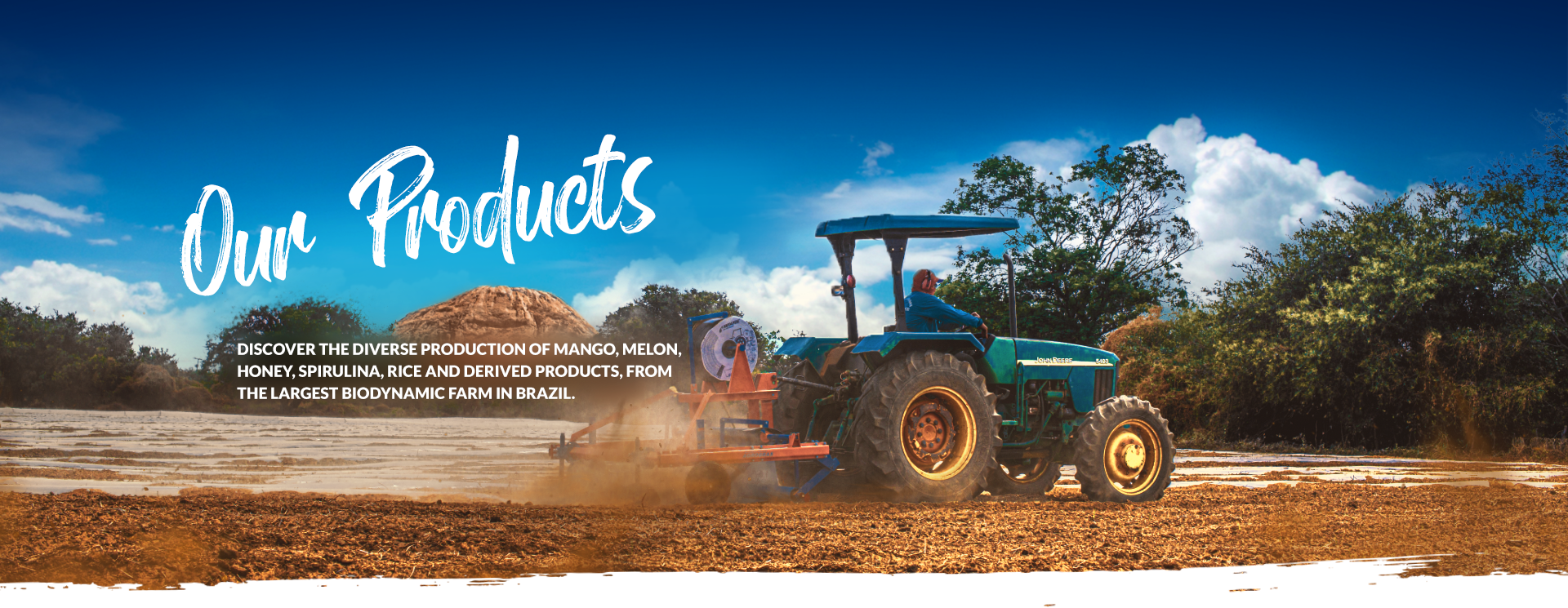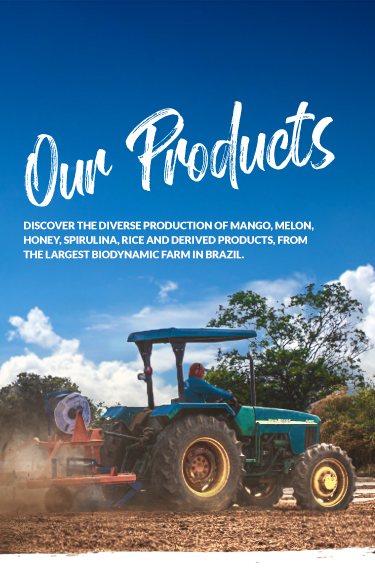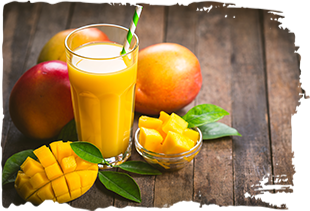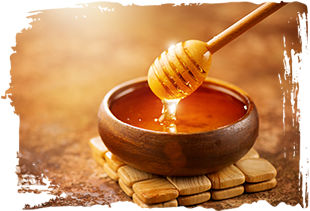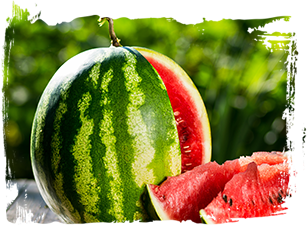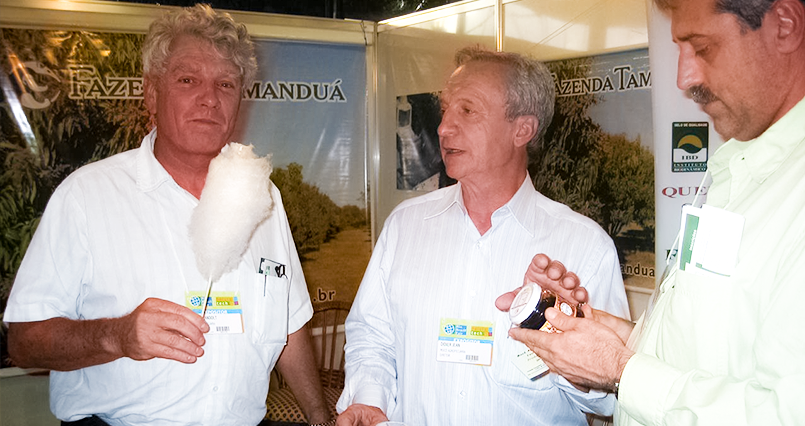

What we produce at the Farm
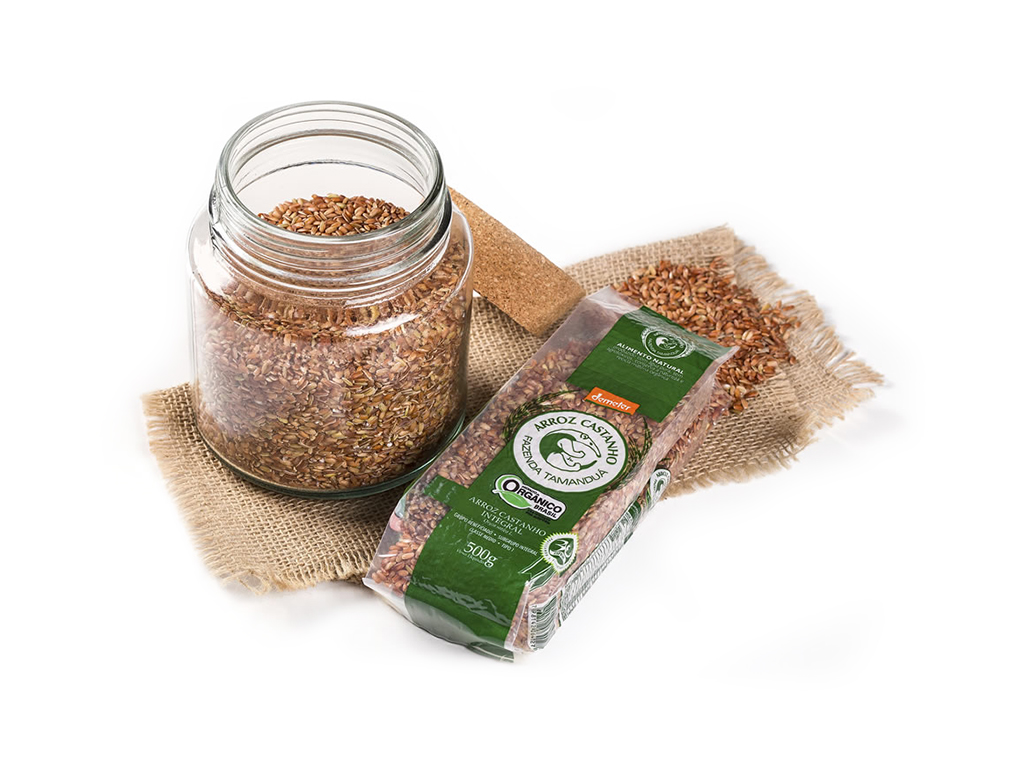
Whole-grain Brown Rice
Biodynamic | Organic Product
Characteristics:
The Whole-grain Brown Rice is produced without the use of chemical fertilizers, pesticides or preservatives. It is a healthy food, rich in nutrients, obtained through applications of biodynamic preparations. Its production seeks to balance the biodiversity of the environment, that is, the harmonious integration of nature, soil, plant, water, animal and energy elements.
Presentation format: 500g vacuum-sealed packages, and 25 kg bags.

Ingredients
Whole-grain brown rice

Suggested Use
Recipes

Recommendations
Keep in a dry and cool environment. Good for 1 year.
Certified Product


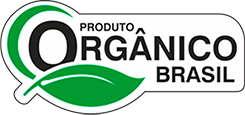
Why consume organic or biodynamic products?
Nutritious, tasty and healthy foods – In balanced soils, plants grow healthier; from them, more nutritious foods are yielded, that is, natural properties such as aroma, color, flavor, vitamins, minerals, carbohydrates and proteins are preserved. Only by consuming organic products is it possible to appreciate the natural flavor of food. This offers our consumers the certainty that they are purchasing foods that fully comply with the principles of Food Safety, that is, Nutritious, Safe and Environmentally Correct foods.
Socio-cultural and economic responsibility – When we consume organic foods, we are being socially responsible, contributing to the conservation and preservation of the environment, valuing the workforce, and supporting social causes related to the protection of workers and the elimination of child labor.
Learn more about the Whole-grain Brown Rice
Back in the 16th century, Brown Rice, or Arroz da Terra (Oryza sativa L), was introduced in Bahia by the first Portuguese colonists, coming from the Cape Verde Archipelago. Later, it migrated to Maranhão and the semiarid region of the Northeast, replaced by white rice. Today it is grown mainly in microregions in the sertão of Paraíba. Brown Rice, a noble cereal in the process of being forgotten, is now being recovered for its nutritional value, different appearance and history.

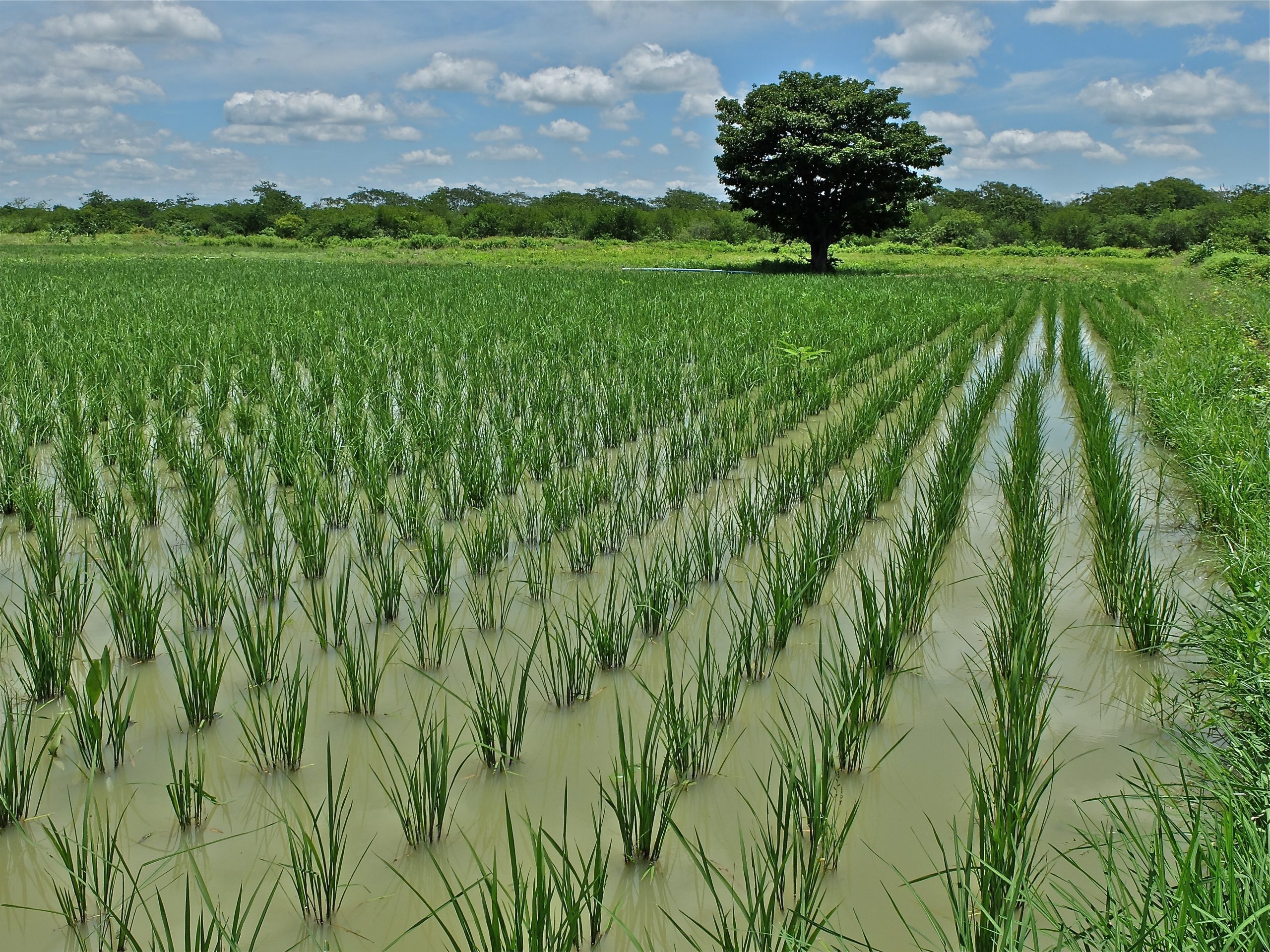
Nutrition Facts
Serving Size 4 teaspoons (100g)
| Amount per serving | % DV (*) | |
| Calories | 357 kcal = 1498 kJ | 18 |
| Carbohydrates | 73 g | 24 |
| Proteins | 9,3 g | 12 |
| Total fat | 3,1 g | 6 |
| Saturated fat | 0,8 g | 4 |
| Trans fat | 0g | - |
| Dietary fiber | 1,4 g | 6 |
| Sodium | 0 g | 0 |
| Moisture | 12,17% | - |
| Ashes | 1,19% | - |
| Calcium | 4,9 mg | 0 |
| Iron | 0,77 mg | 6 |
| Potassium | 140 mg | - |
| Copper | 0,46 mg | 51 |
| Zinc | 1,8 mg | 26 |
| Magnesium | 63 mg | 24 |
| Omega 3 | 0,011 mg | - |
| Phosphor | 466,11 mg | - |
| Cholesterol | 0 mg | - |
| Vitamin B1 | 0,22 mg | 18 |
| Vitamin B2 | 0,10 mg | 8 |
| Vitamin B3 | 0,94 mg | 6 |
(*) %Daily reference values based on a 2,000Kcal or 8,400kJ diet. These values can be higher or lower, depending on your caloric needs. ** DV not established.

